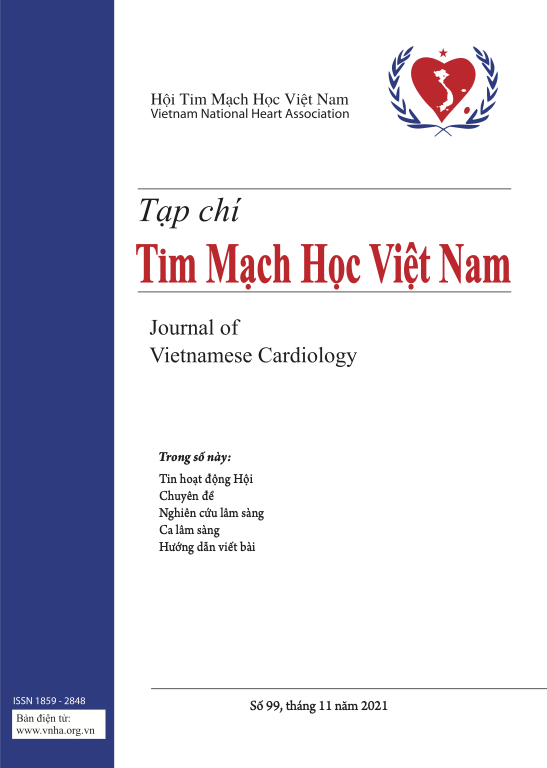Bioprosthetic Valve Thrombosis: A Challenging Case
Tóm tắt
Background
Bioprosthetic valve thrombosis (BPVT) is a rare yet important complication of prosthetic valve replacements and may significantly contribute to valve dysfunction and patient's clinical deterioration. Despite its increase in prevalence, BPVT still presents a challenge in diagnosis and management.
Methods
A 51 years old man was referred to our clinic for diagnostic confirmation. He had been diagnosed with multivessel CAD and underwent CABG concomitant with MVR 7 years prior to presentation, with bioprosthetic valve due to severe mitral regurgitation from MVP. Patient was lost-to-follow-up following surgery and did not consume any medication. Two months prior to presentation, he complained shortness of breath and leg edema. TTE study in our echo lab showed significant obstruction related to leaflet immobility suggesting valve thrombosis (MVA VTI 0.6 cm2, DVI 3.94), large thrombus at LA roof with severely reduced LV systolic function.
Results
The most likely diagnosis was bioprosthetic valve thrombosis with significant obstruction due to inadequate anticoagulation therapy. Recommendation is needed for the best treatment to manage patient with bioprosthetic valve thrombosis with large LA thrombus and severely reduced EF without acute condition. The decision was made together with Heart Failure Division to monitor his symptoms, regular echocardiography evaluation, optimize anticoagulation and heart failure therapy, higher INR target (3.0-4.0), and consider MVR if his symptoms worsened. His 3-months follow-up revealed no worsening symptoms and echocardiography study showed significant reduction of LA thrombus with persistent immobilization of two bioprosthetic leaflet, suggesting pannus might also have role in valve obstruction, and non-significant improvement of LV systolic function.
Conclusion
Guideline recommendations and expert opinion can be used as guidance for patients with bioprosthetic valve thrombosis, but an individualized approach is needed to determine the best treatment for our patient.








